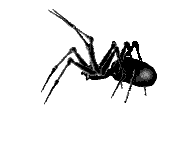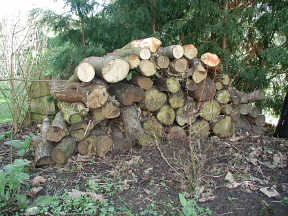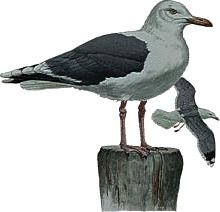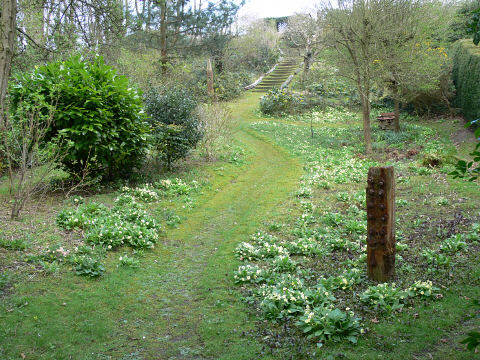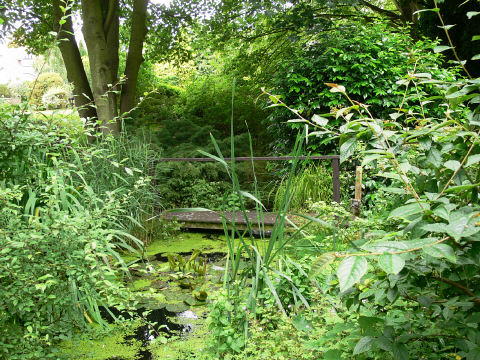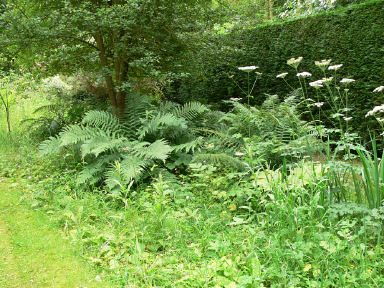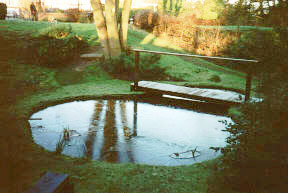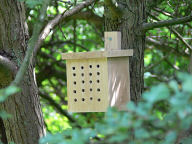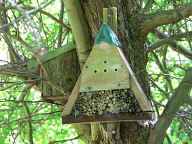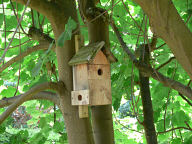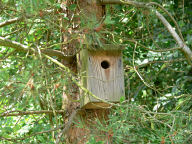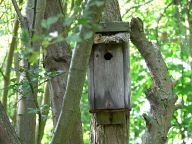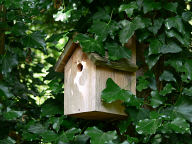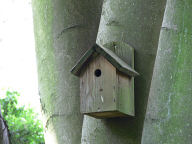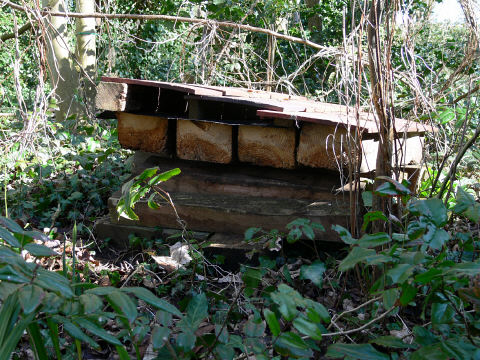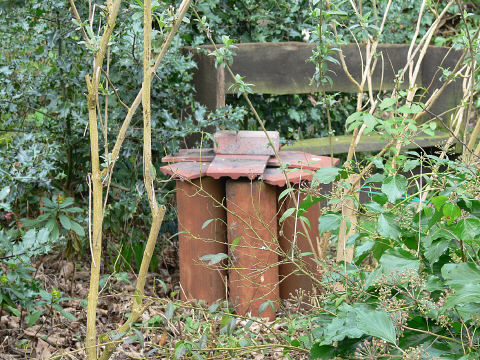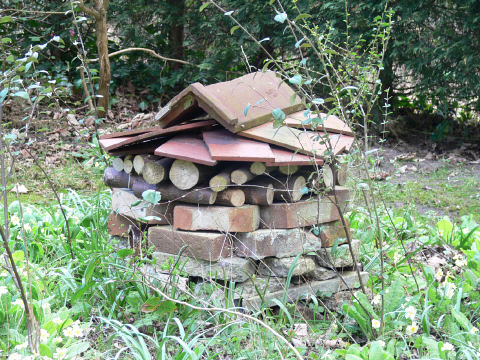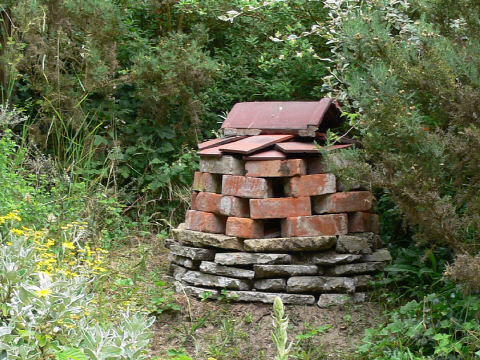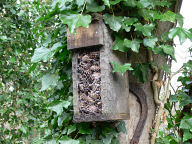Underlying the wildlife garden is part of the
sand dune system which began forming
about 120 years ago. It has now matured and
several substantial sycamores are growing,
together with ash, hawthorne, elder, sea
buckthorn, dog rose and a number of
introduced gorse, blackthorn and crab apple.
Bird sown Cotoneasters provide an abundance
of berries in the Autumn.
The ground cover is mainly grass and moss
and on the lookout ridge, lyme grass, sand
couch and marram continue to thrive.
The land drops, about half way down, to the
remains of a 'dune slack' which stays moist
throughout the year. This has encouraged the
spread of primroses and cowslips and other
moisture lovers have been introduced.
GRASS
A series of mown pathways run throughout the wildlife
garden, leaving a number of areas of longer grass,
which are managed in a variety of ways. Some are left
completely, some pulled by hand once a year (reducing
density and vigour and leaving spaces for seed
germination) and other areas are cut to different lengths.
This treatment provides the maximum number of grassland
habitats.
Cuttings on pathways are left but all other grass is
removed for composting to maintain a low level of fertility.
LEAVES
Most leaves are blown to the base of trees shrubs and
hedges by means of a petrol blower. These rot down
naturally and provide a Winter habitat.
PLANTS
A variety of trees, shrubs and plants have been introduced into bare areas or into grass but establishment is slow in most cases as there is little more than 2cm of poor topsoil, above sand.
POND
A wildlife pond was built in November 1999,
approximately 20ft by 12ft with sloping sides
and a maximum depth of 3ft. Rainwater from
the bungalow roof collects in a 25 gallon
header tank and is carried by plastic pipe
210ft to the pond.
A bridge was erected to span the pond to
allow better observation.
COMPOST
Seven compost heaps are maintained, providing an ongoing supply for planting, mulching, etc.
LOG PILES
A variety of woods are stacked in various
piles, providing habitats close to the pond and
along the boundaries. Small twigs and
branches are stacked to form a deadhedge
along the Northern boundary.
HABITAT PILES
Large piles have been built from bricks, rubble and timber to provide habitats for insects and invertibrates. These have been filled with varying materials such as rubble, logs, flower pots, etc.
BIRD & INSECT BOXES
A variety of boxes are provided throughout the wildlife garden.
